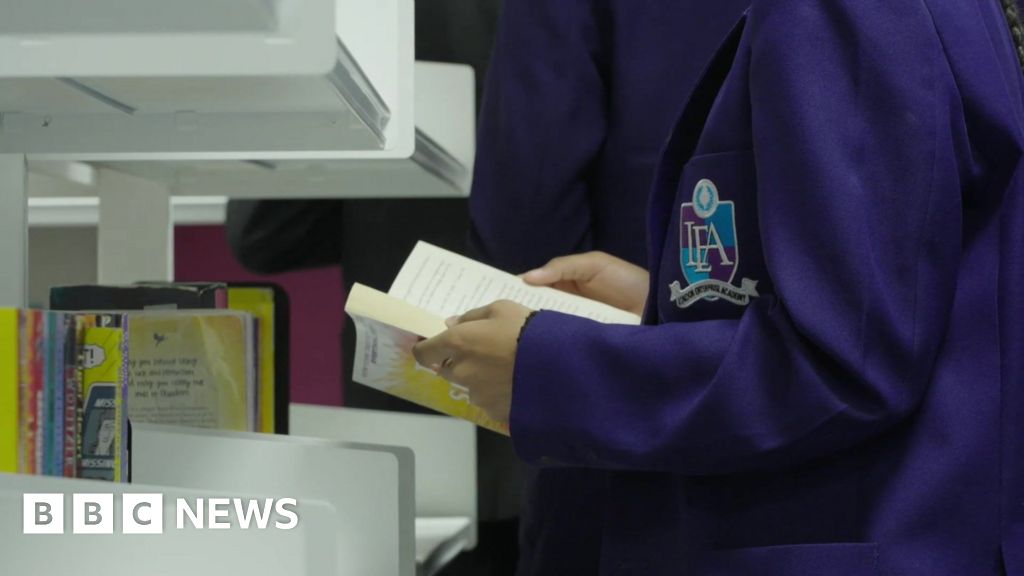Energy costs are high and are likely to go even higher, creating chaos across household budgets. But now, the Inflation Reduction Act that was signed into law in August 2022 will make a difference for many. This legislation has the potential to provide tax credits to eligible homeowners as it includes a $369 billion investment aimed at lowering energy costs by incentivizing consumers to buy energy-efficient electric appliances, clean vehicles, rooftop-solar and home energy storage systems.
This comprehensive and meaningful legislation has come at a time when investments in energy infrastructure are desperately needed. Many home and small business owners are looking for energy resilience and security in the face of increasing power outages, severe weather, an aging utility infrastructure and rising energy bills.
CPAs and finance and accounting teams need to be proactive on all of this when advising clients about their eligibility for the different programs within the IRA. The legislation provides homeowners with energy cost savings, while making it easier and less costly to incorporate clean energy and energy storage into their daily lives through tax credits and other financial incentives. The components of the IRA include:
- $9 billion in consumer home energy rebate programs, focused on low-income consumers, to electrify home appliances and for energy efficient retrofits. A few examples of this would be replacing a concrete facade with triple-glazing, installing an intelligent heating and cooling system and LED lighting.
- 30% income tax credit on items installed from 2022 through 2032 to improve energy efficiency and affordability of clean energy equipment like heat pumps, rooftop solar, electric HVAC and water heaters.
- $4,000 consumer tax credit for lower- and middle-income individuals to buy used clean vehicles and up to $7,500 tax credit to buy new clean vehicles. Eligibility requirements vary based on annual incomes.
- $1 billion grant program to make affordable housing more energy efficient.
Small businesses also can benefit from this legislation with tax credits that cover 30% of the cost of switching over to low-cost solar power, as well as a tax credit up to $5 per square foot to support energy efficiency improvements that deliver lower utility bills. Furthermore, small businesses that use large vehicles like trucks and vans will benefit from tax credits covering 30% of purchase costs for clean commercial vehicles, like electric and fuel cell models.
Just as important, the IRA extended existing tax credits related to solar energy and battery storage. For example, solar tax credits are now available to cover up to 30% of the installation costs, and the federal tax credit can be paired with additional incentives available in many states. It’s estimated this will help the average family save $300 per year or $9,000 over the life of the system.
Keep in mind, the extension and expansion of these tax credits are likely to accelerate interest in and demand for these energy solutions in the near future. That’s why accounting professionals need to know the details to advise clients accordingly. For example, the 30% tax credit for installing battery storage technology is applicable, regardless of charging source. And stand-alone energy storage systems are now eligible as long as they provide at least 3 kilowatt hours of capacity. This is important because previously, energy storage projects were only eligible for tax credits if they were connected directly to solar power projects — the IRA removed this requirement.
Batteries connected to a solar project will continue to qualify for the credit, even if they can be recharged with other power sources. This is key because homeowners can tap into the stored energy for backup power in case of a power outage or brownout or for time-of-use cost savings, peak shaving, net energy metering or off-grid living. Battery storage systems have the added benefits of silent operation. They don’t require fuel and can be installed where there is limited space.
Homeowners are finding all kinds of ways to reduce their monthly energy bill, from unplugging chargers to weatherizing their homes. Now they, and eligible small businesses, have a way to reduce their tax bills through the Inflation Reduction Act. It’s also important to know that some states, local municipalities and utility companies provide incentives to support the conversion to clean energy products.
Credit: Source link










